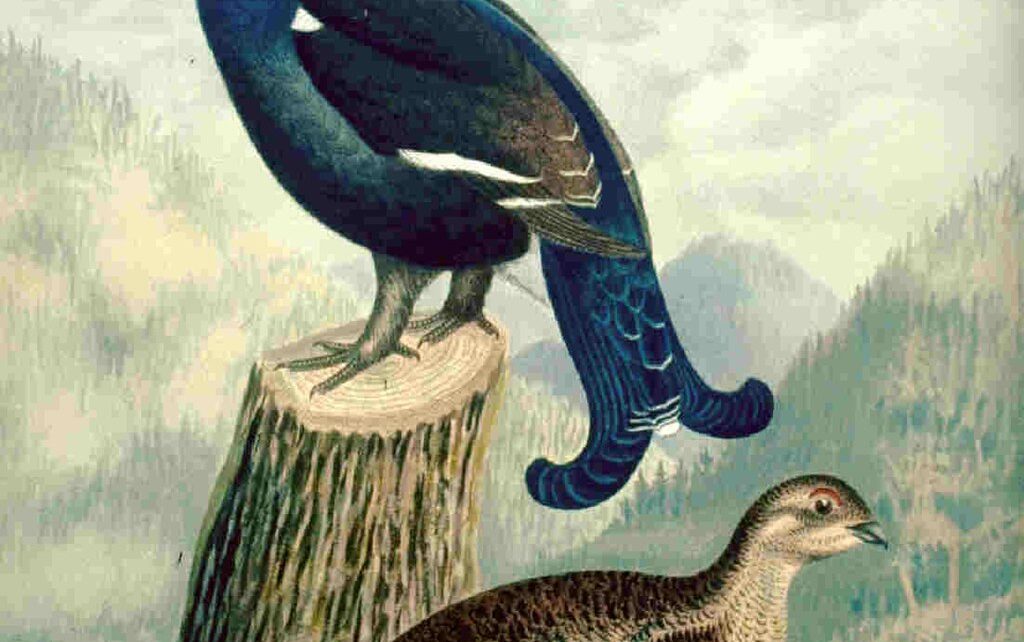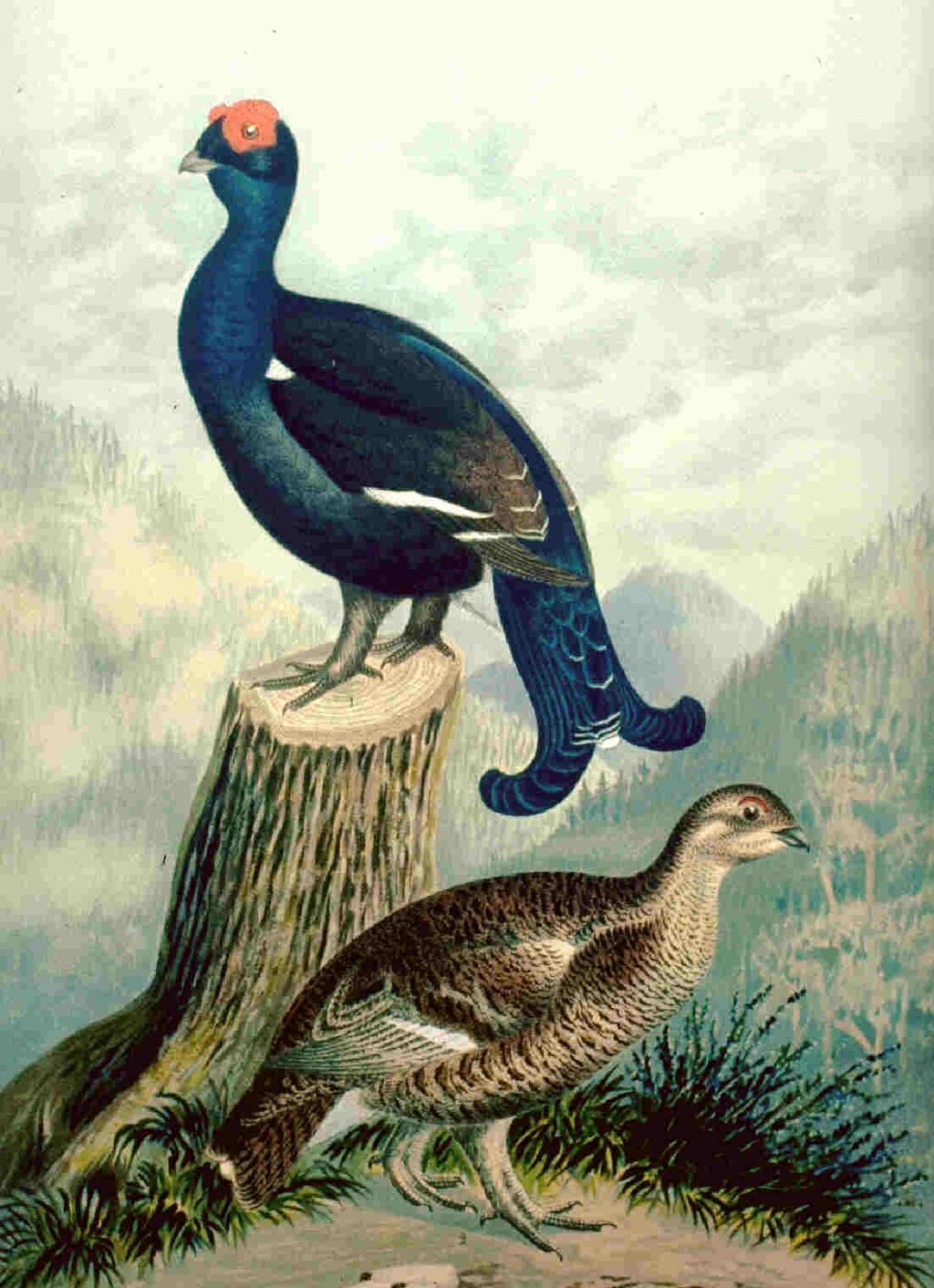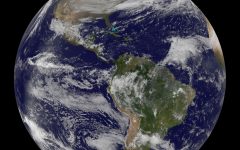
Conservation Successes Defy Climate Pessimism
Work by conservation biologists shows the effects of changes in the climate are not as dramatic as portrayed
By Vijay Jayaraj, November 22, 2024 3:06 pm

When a purported climate crisis dominates much of the discourse of public policy, the trap of attributing every ecological issue to climate change easily ensnares anyone who fails to note the abundant evidence to the contrary.
Over the past few decades, we have witnessed remarkable success stories of species being brought back from the brink of extinction—stories that defy the popular media narrative that a climate modestly warmer than the Little Ice Age is killing our planet’s life forms.
From the Brink of Extinction
The iconic polar bear, long heralded as the unofficial emblem of climate advocacy, has now multiplied in a remarkable way despite media houses like NBC claiming that they are on an “extinction path.”
In certain Arctic regions, these ursine sovereigns of the North are thriving in greater numbers during periods of diminished sea ice coverage—a phenomenon that challenges conventional wisdom about their habitat requirements.
Down south, the verdant, equatorial realms of India are witnessing a resurgence of the majestic Bengal tiger. Being apex predators and linchpins of their ecosystems, the tigers’ burgeoning numbers often herald an expansion of forests as well.
Nonetheless, it was not long ago that the New York Times tried to mislead Western readers about the state of these beasts with a fearmongering article titled “Bengal Tigers May Not Survive Climate Change.”
India has also managed to help the population of the greater one-horned rhinoceros to increase from 200 to 2,600!
In the picturesque Iberian Peninsula of Spain and Portugal—where I’ve worked as a wildlife ecologist—the Iberian lynx has experienced a meteoric rise, surging more than tenfold over the past two decades. This extraordinary resurgence is hailed by the scientific community as unparalleled in the realm of feline conservation.
Also staging a remarkable comeback are the iconic curlews, an avian species once teetering on the brink of local extinction in Northern Ireland’s lake system known as the Lough Erne and the uplands of the Antrim Plateau. Conservation experts attribute this phoenix-like revival to strategic habitat improvements.
In the nearby rugged expanse of Scotland’s Affric Highlands, a mere stone’s throw from my former abode, rewilding initiatives have spurred an avian resurgence. The enigmatic black grouse, along with several other species, have reached a population zenith unseen in nearly two decades.
In light of these remarkable recoveries, a compelling question emerges: How do these species manage to increase their numbers during what is widely characterized as an era of unprecedented climatic adversity?
Successful Conservation Rests on Sound Science, Not Climate Myth
Successful conservation requires a deep understanding of the specific needs of species, their ecosystems and the threats they face. The scientific foundation of conservation biology draws from various fields, including ecology, genetics, wildlife biology and environmental science.
Researchers use advanced techniques to study population dynamics, habitat requirements and genetic characteristics of species and identify the most critical threats to a species’ survival. Possible interventions are then prioritized accordingly.
This kind of work by conservation biologists shows the effects of changes in the climate are not as dramatic as portrayed.
A 2016 study published in “Nature Climate Change” analyzed the main drivers of population decline for 8,688 species on the International Union for Conservation of Nature’s Red List of Threatened Species. Excessive exploitation and agricultural practices were the biggest threats, not climate change.
Similarly, a 2018 study found that habitat loss, overexploitation and invasive species were the primary drivers of vertebrate extinction since the year 1500.
Many species can recover if threats more immediate than gradual climatic changes are addressed effectively. Species are proving that they can adapt and thrive if given the space and appropriate protections from over-hunting and other intrusions.
The experience of modern conservation efforts shows that mitigating real dangers to animal populations makes more sense than attempting to reverse or slow climatic changes – an impossible venture in any case. Besides, our relatively warm climate has been beneficial to the growth of the vegetation that sustains the creatures we so treasure.
- U.S. Energy Shift Offers Economic Hope to Global South - October 17, 2025
- India’s Ethanol Gambit: A Muddled Climate Policy - September 22, 2025
- Hanoi’s ‘Green’ Path to Poverty and Blackouts - September 2, 2025





Global Boiling is a hoax. My dad was involved in this research…trips to Antarctica and everything. He told me a long time ago they were cooking the books. The studies that made the most dramatic claims went into the “study”, the less dramatic ones went into the trash can. This was done to generate funding for the University. Now, of course, it is a weapon of the elites to tax normies and favor certain business interests VIA Larry Fink ESG rating. We should not acknowledge man made global warming at any level…give them in inch and they will take your arm.